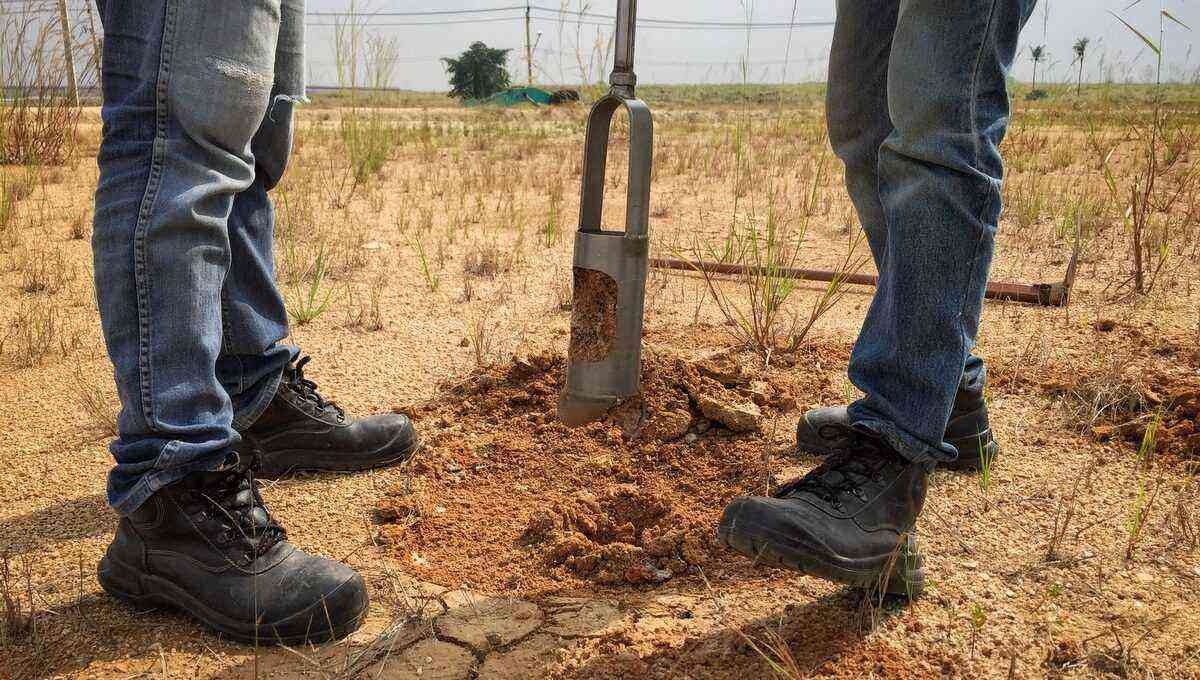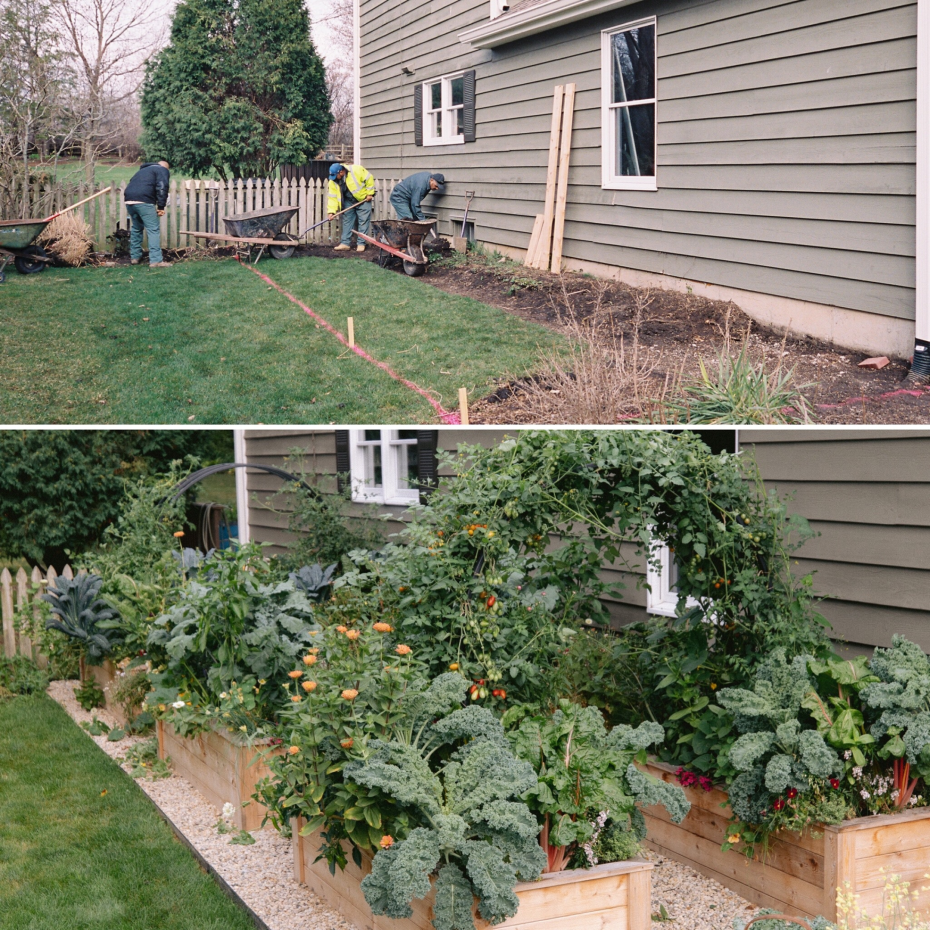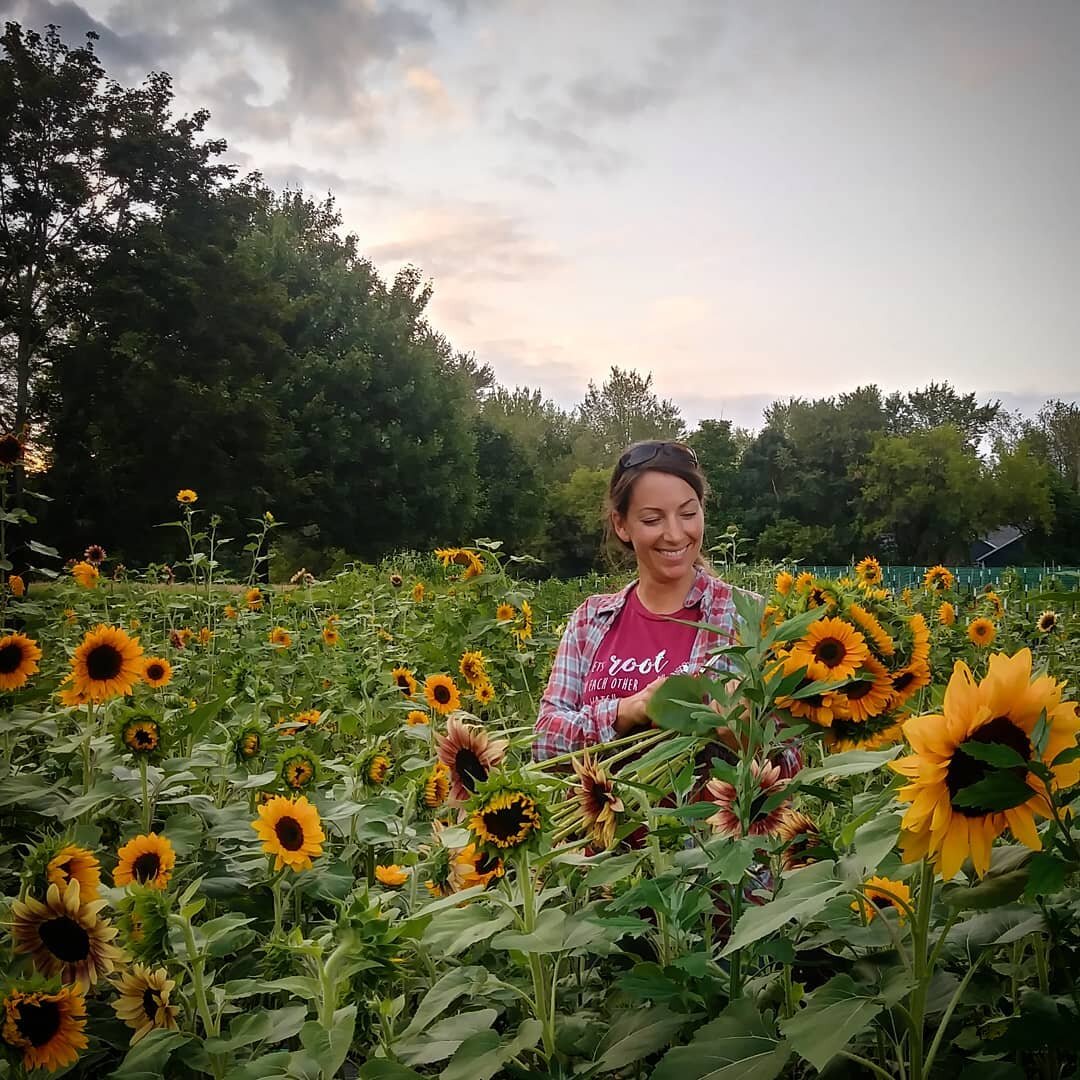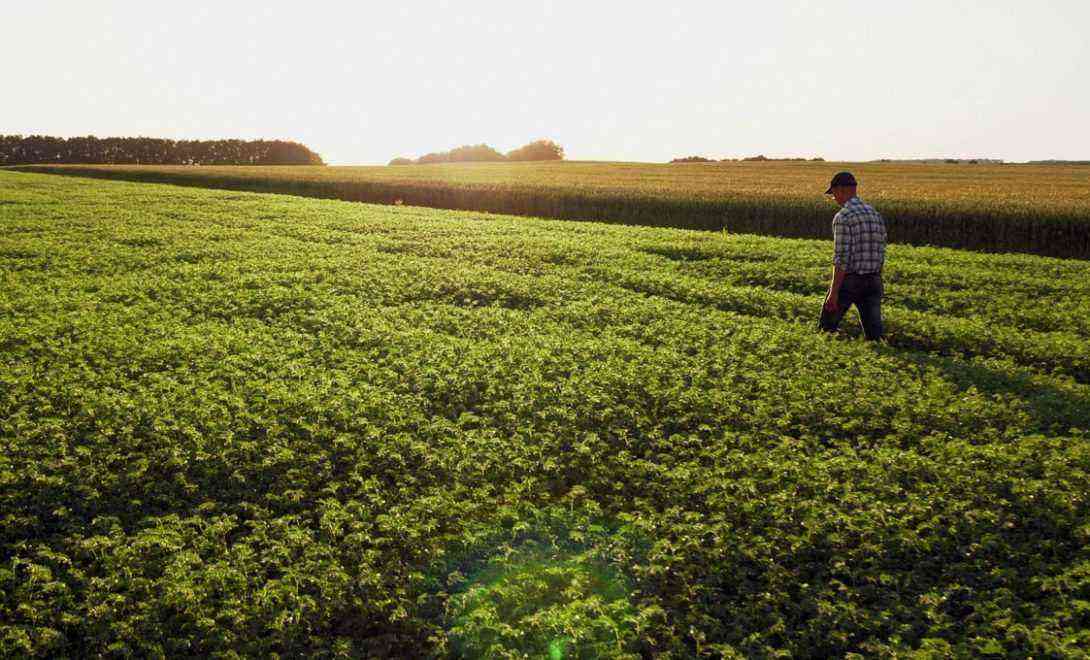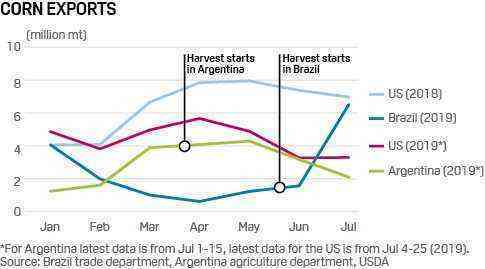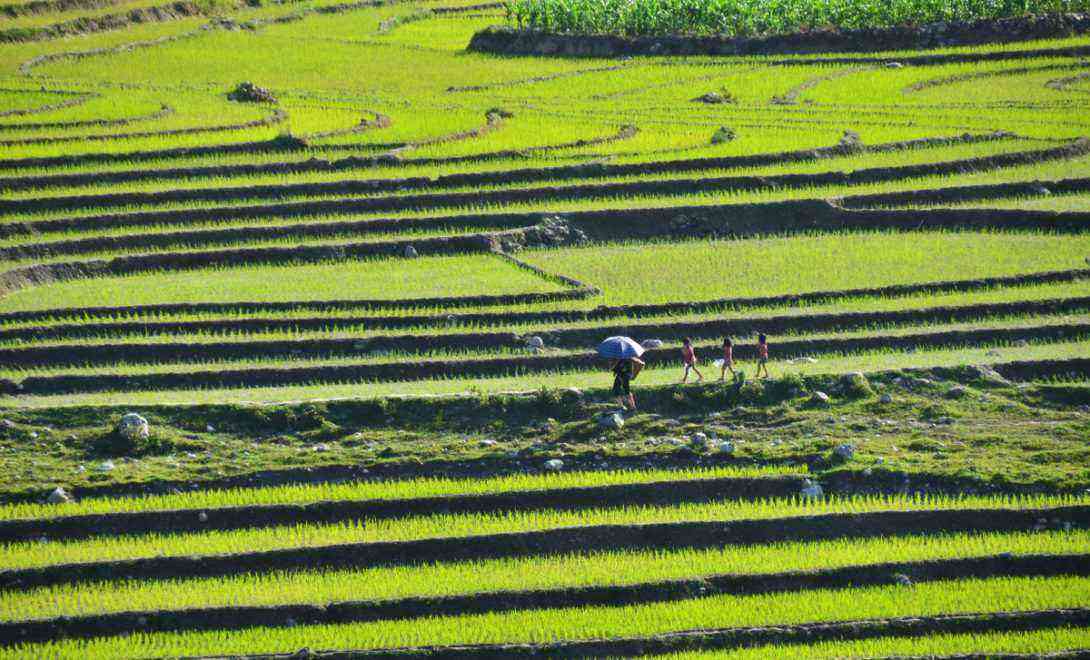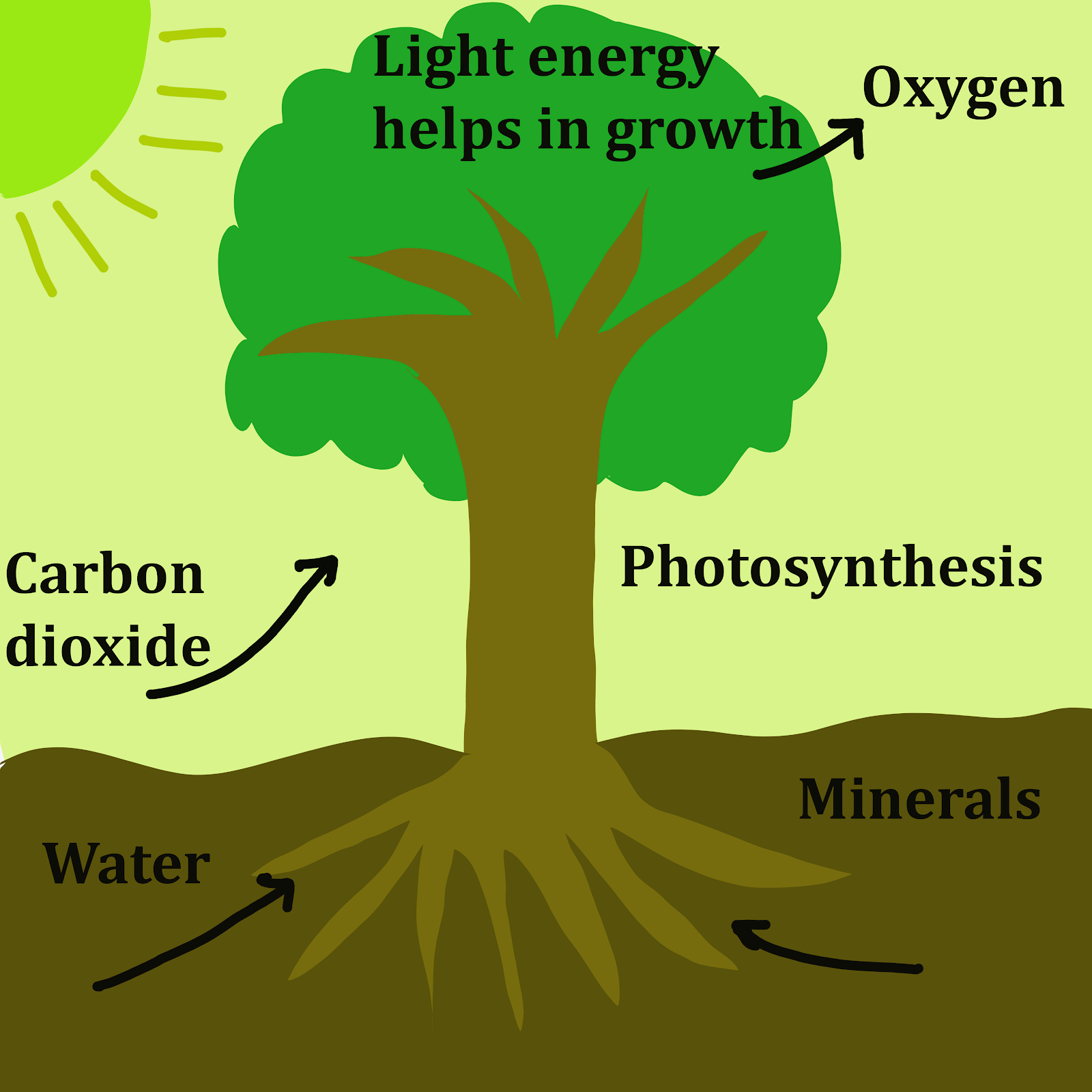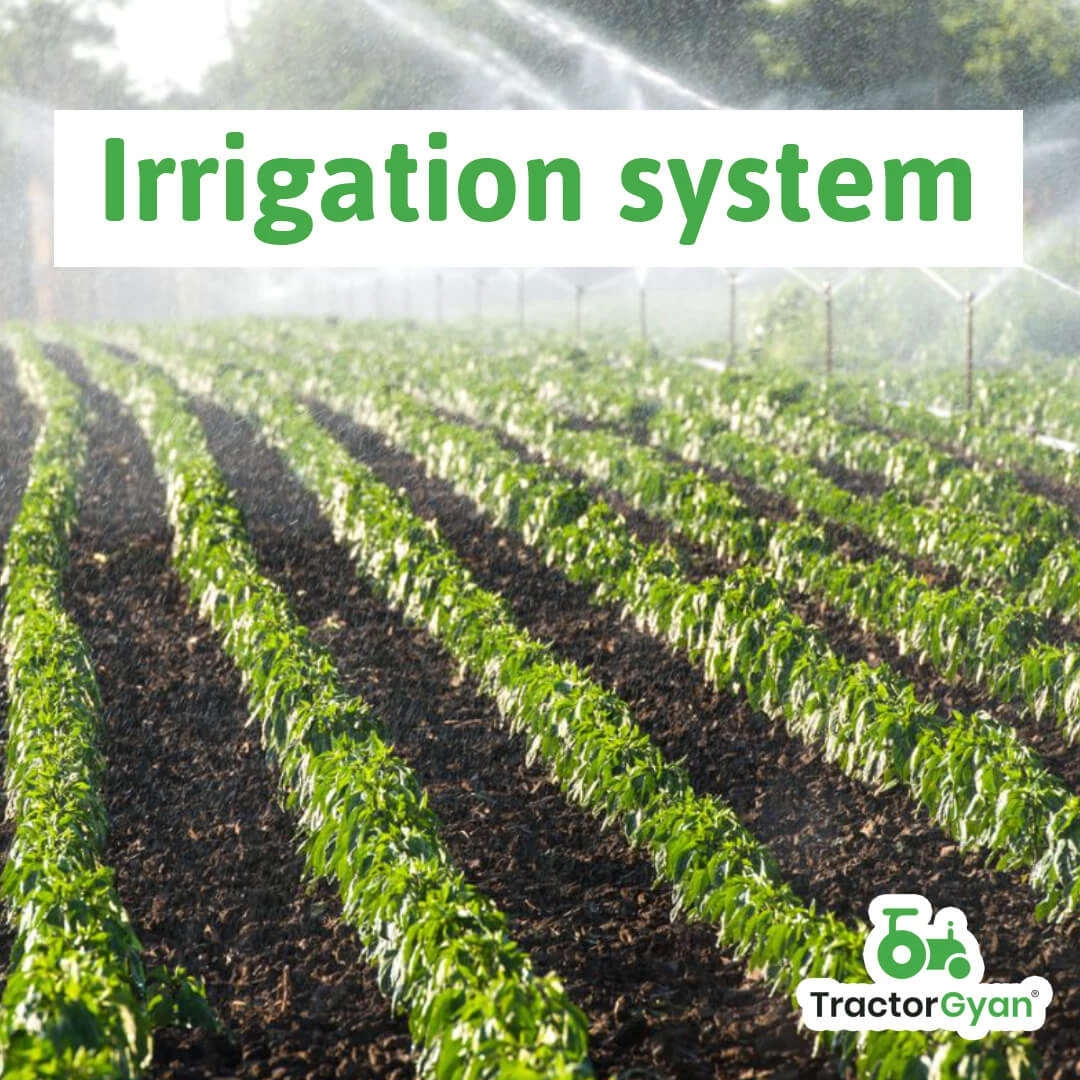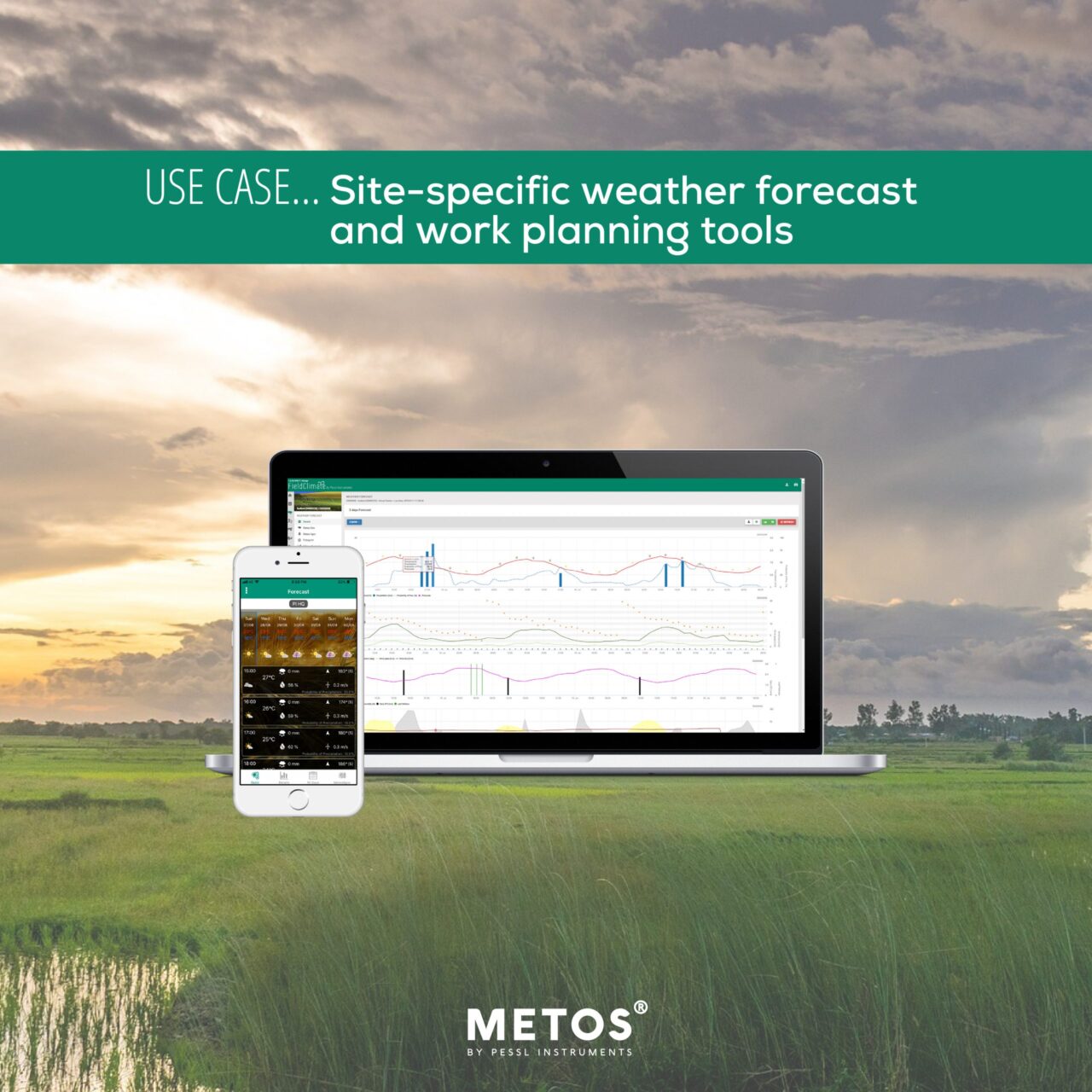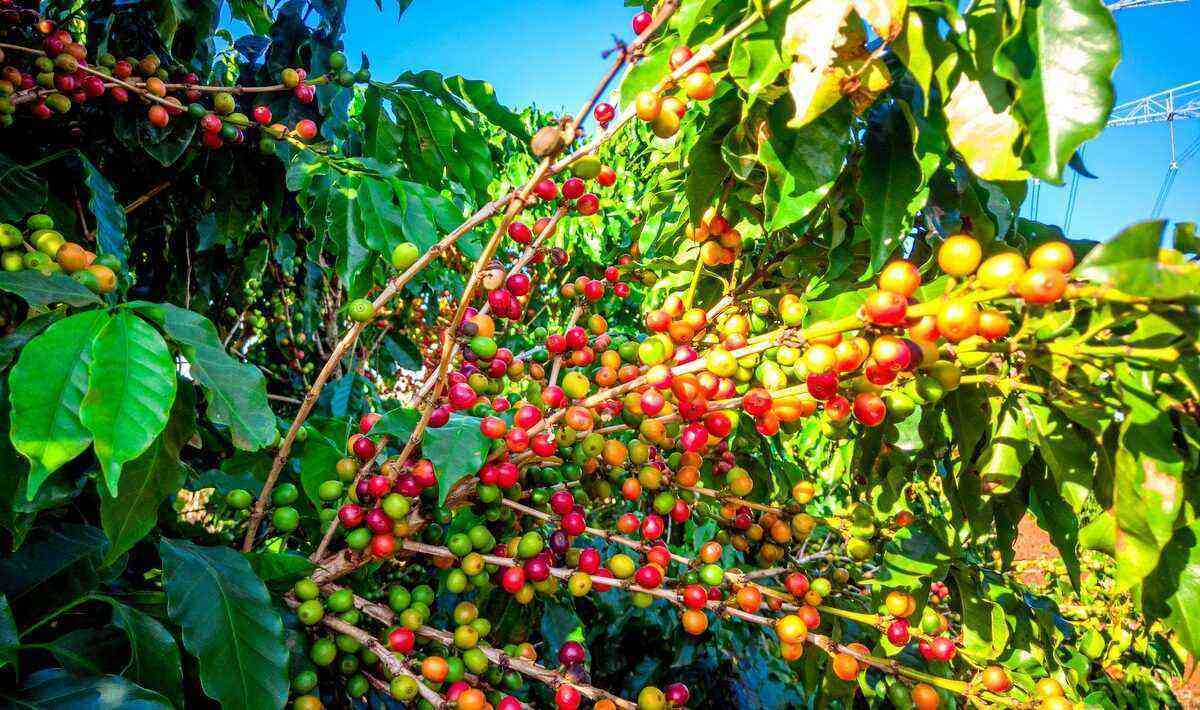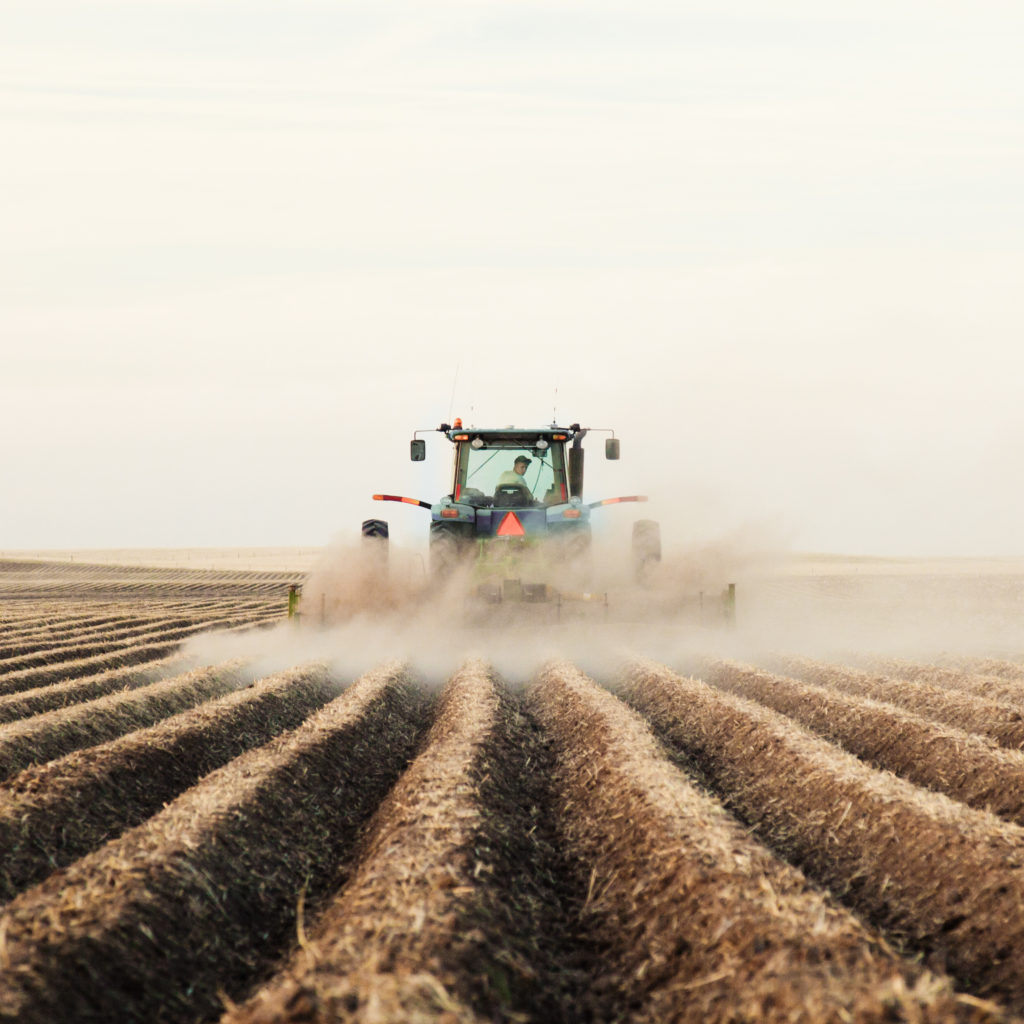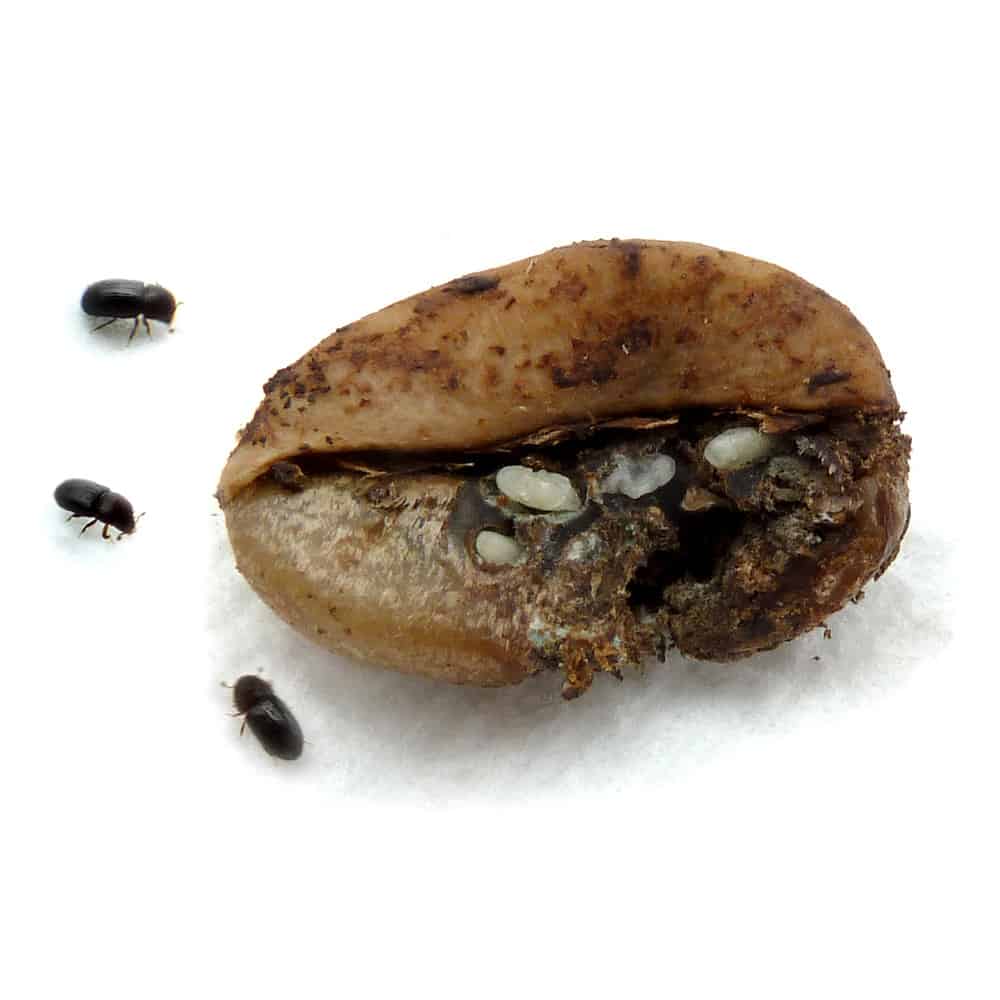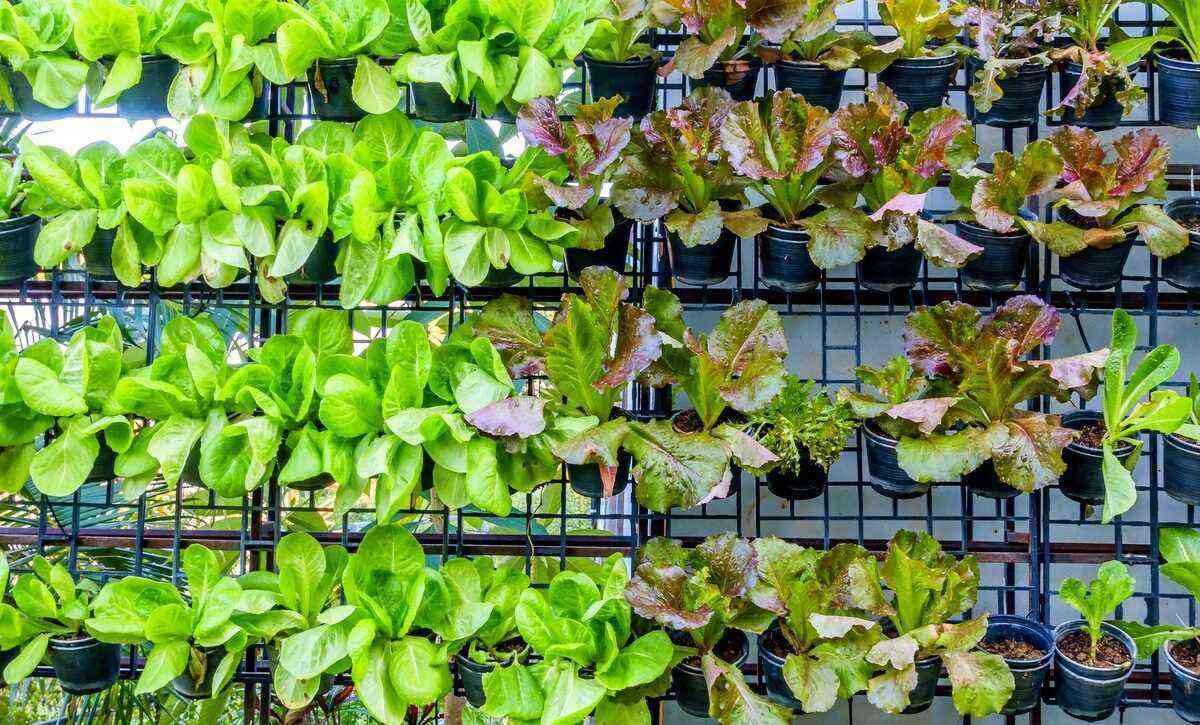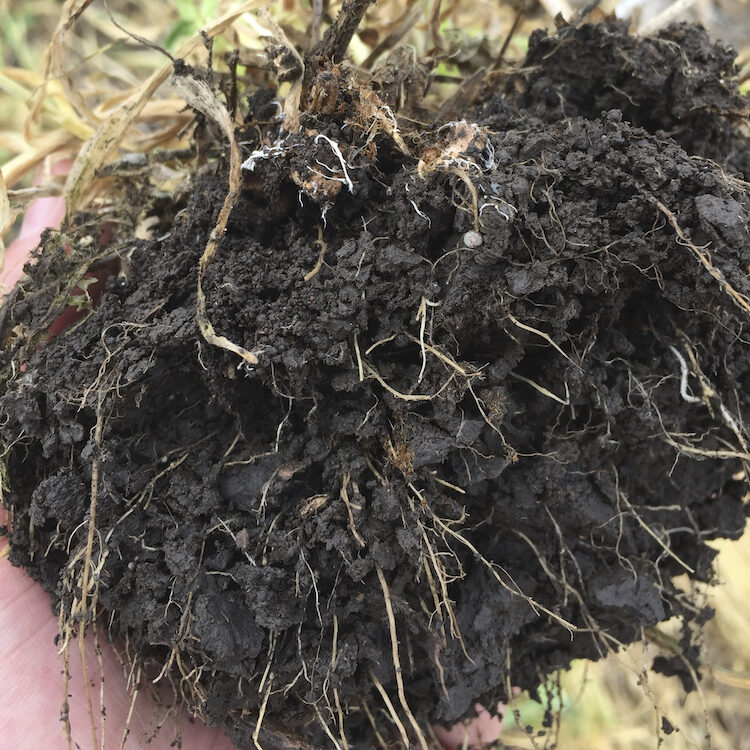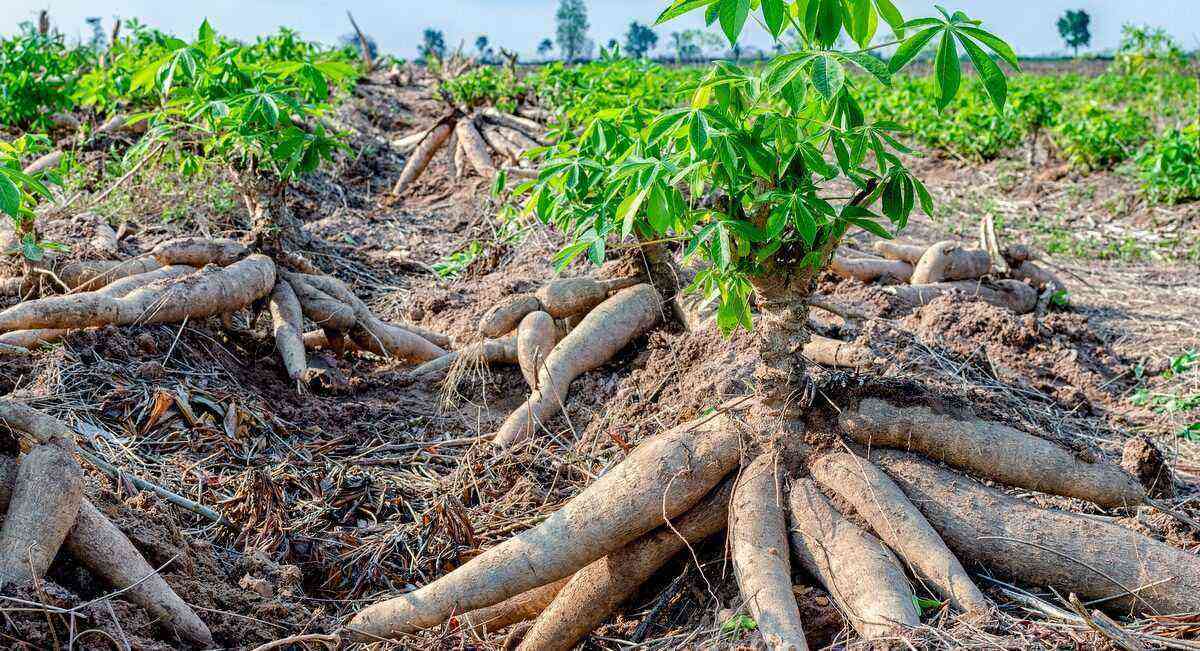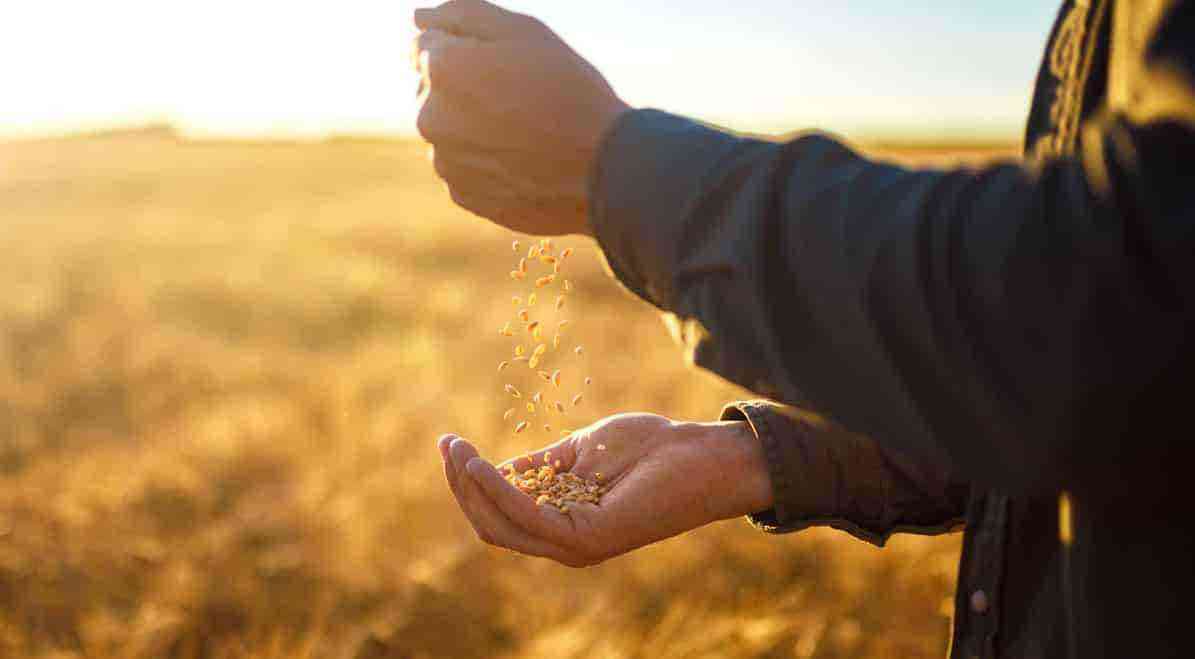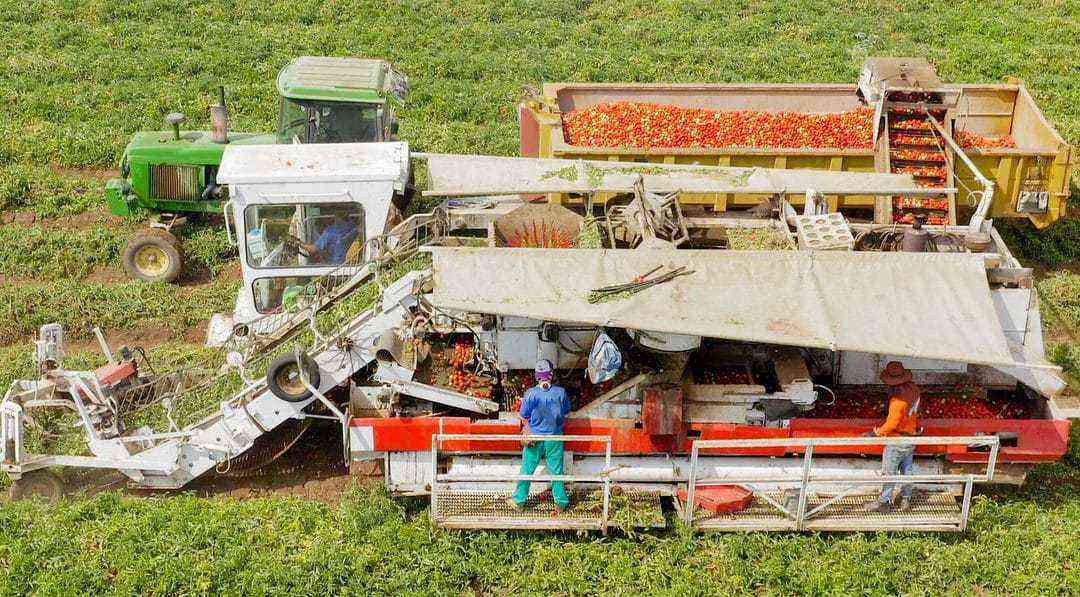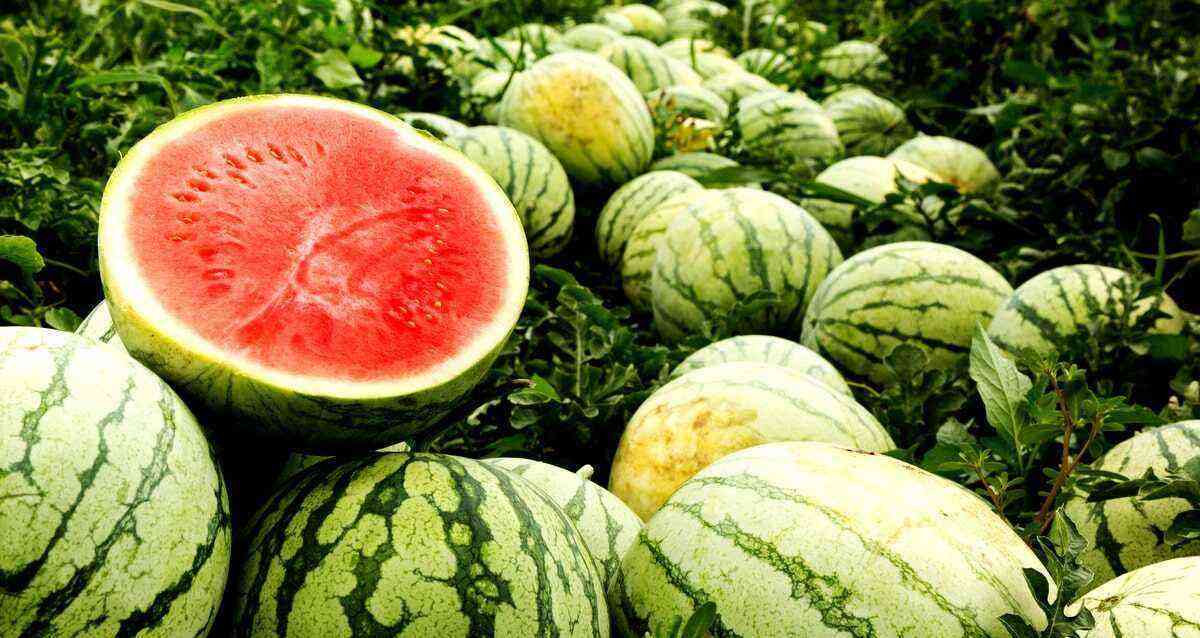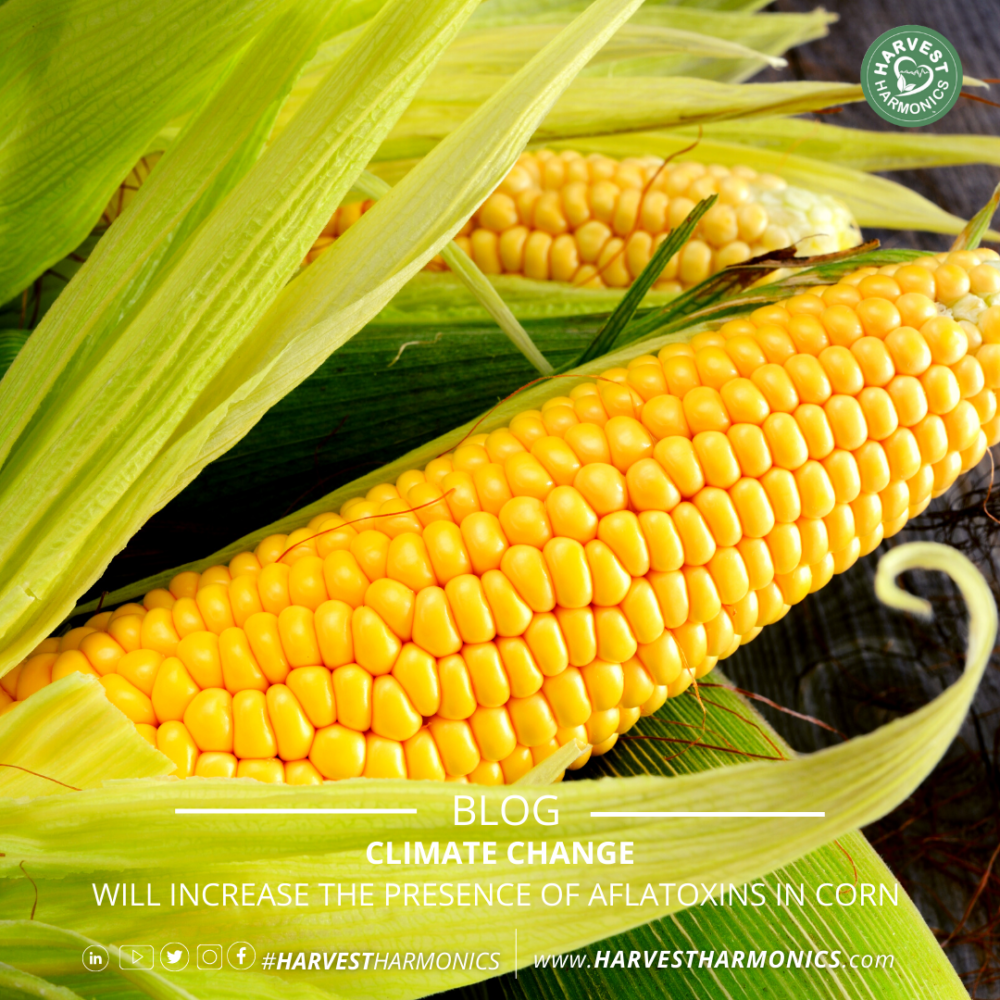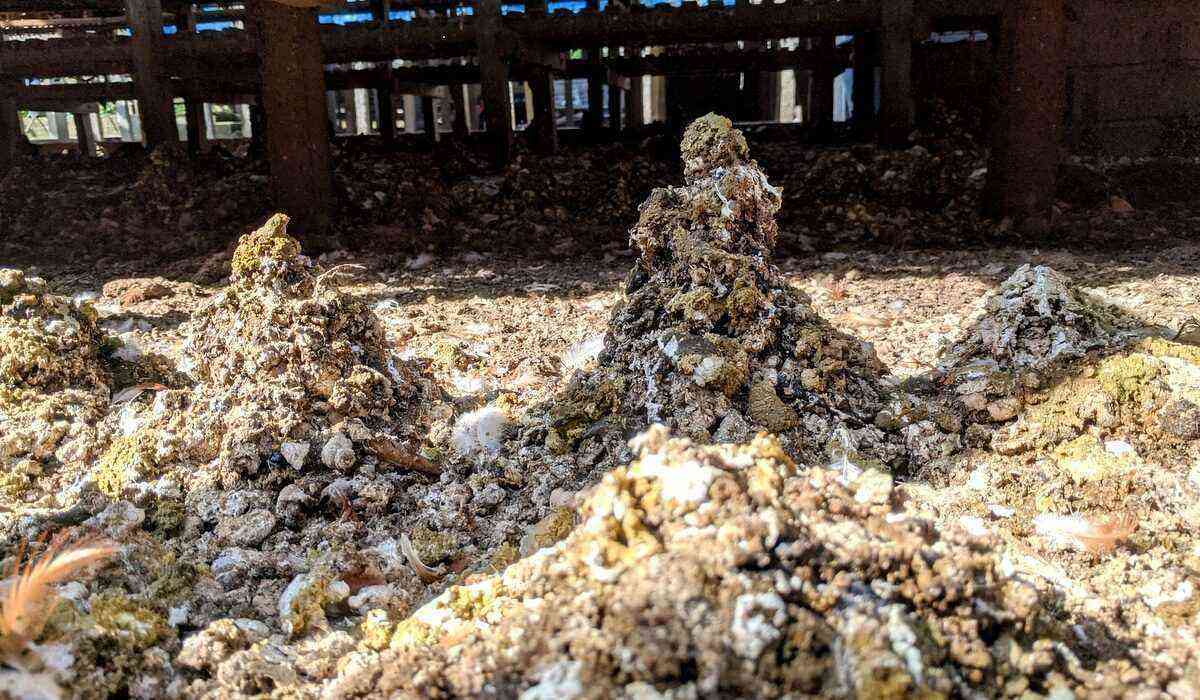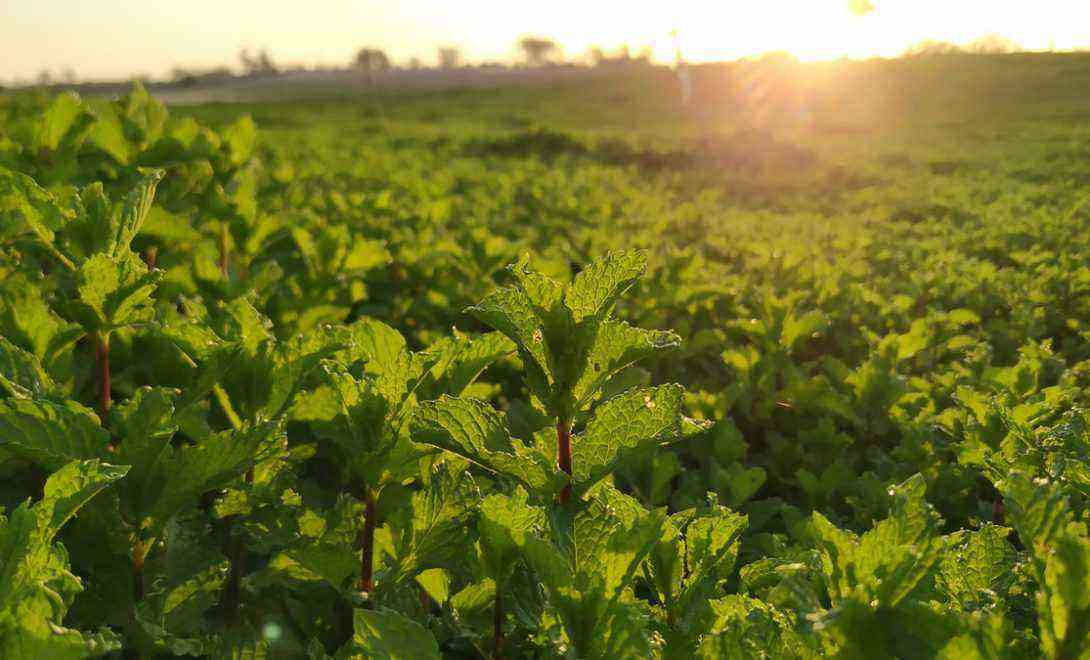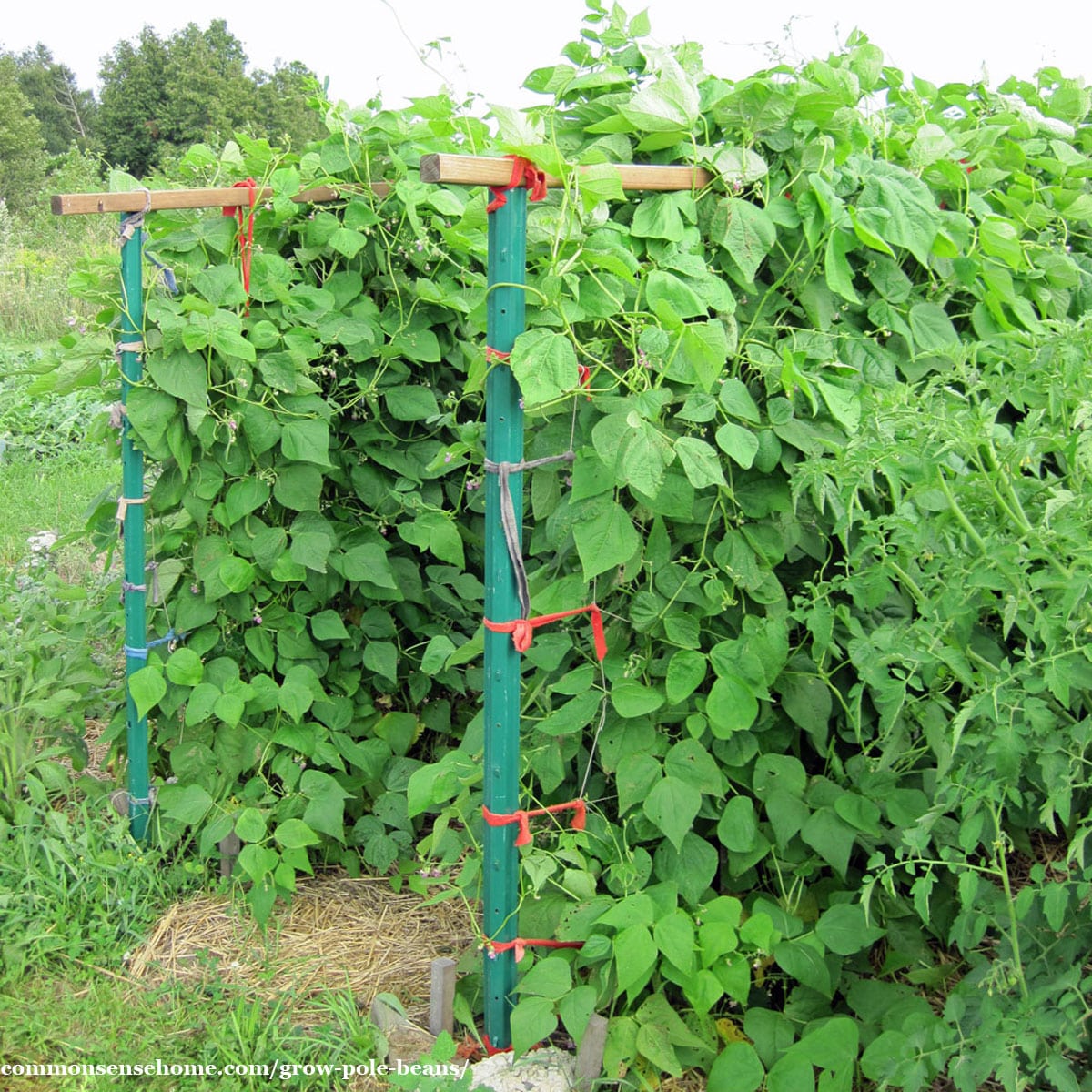The agriculture sector has increasingly implemented in its routine the no-till production system. The same, which began in the 1970s, arrived to replace the then traditional method of planting, which had the stages of plowing and harrowing.
At that time, the field was plowed months before the crop season, being also harrowed in order to spray the topsoil. As the plantation had no cover and protection, the intense rains ended up dragging about 20 tons/ha of soil to the lowest part of the production field, causing the silting of rivers and lakes, losing the most fertile part of the crop. It was quite a loss for the farmer who spent months investing in the planting stages.
To avoid these contingencies, the no-till method took shape, being increasingly incorporated into agriculture. In this technique, the soil does not need to go through all the stages of the traditional method, being simpler, practical, economical and effective in several ways.
Which points we will address in this post:
- How does no-till work?
- The importance of land cover management
- Planting care
- Advantages of no-till

Soy direct planting
How does no-till work?
This system is based on keeping the planting only always covered and protected with plants and plant residues. In most cases, straw is used for this coverage. With this, the soil is protected from environmental impacts, such as rain, surface runoff and resulting erosion.

Straw as cover in no-tillage system
The preparation of cultivation by no-tillage is one of the simplest, as it only has the following steps: sowing, fertilization and, eventually, the application of herbicides through the integrated management of pests, weeds and diseases in general. In addition crop rotation is also an essential part of the process.
The soil is only manipulated at the time of planting, unlike what happened in the conventional method, which took months to do so. That is, there is no preparation of the soil before planting. The manipulation of no-till occurs only to open a furrow in the soil, where the seeds and fertilizers are deposited.
In this way, we can define the no-tillage system as a process of sowing in undisturbed soil, where furrows are opened for seed placement, with enough space in the soil to cover with plants.
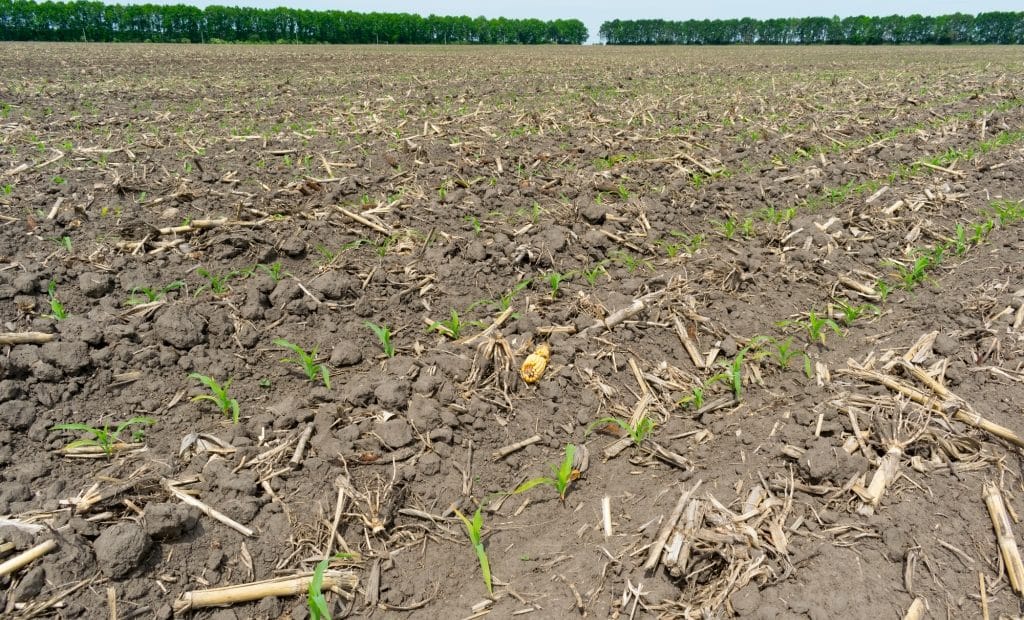
Corn in no-tillage system
The importance of land cover management
This, without a doubt, is one of the main characteristics of the no-tillage system. Soil cover is essential for crop protection, whether with green or even dead cover.
Through this practice, it is possible to control the depletion of soils, thus controlling their erosion. In this way, protection allows the soil absorb the impact of rain, without the plantation being devastated and, at the same time, promoting the necessary infiltration of water for the crops. On the other hand, moist soils must have good drainage to avoid excess water in this system, which already promotes a natural increase in this component.
Ground cover is obtained through intense crop rotation, crop residues and cover crops or green manures. Such components can be handled with a leveling harrow, knife roller, among other equipment.
At that moment, the machinery structure of this system comes into action, which is responsible for planting, harvesting, spraying and managing the cover cultures.
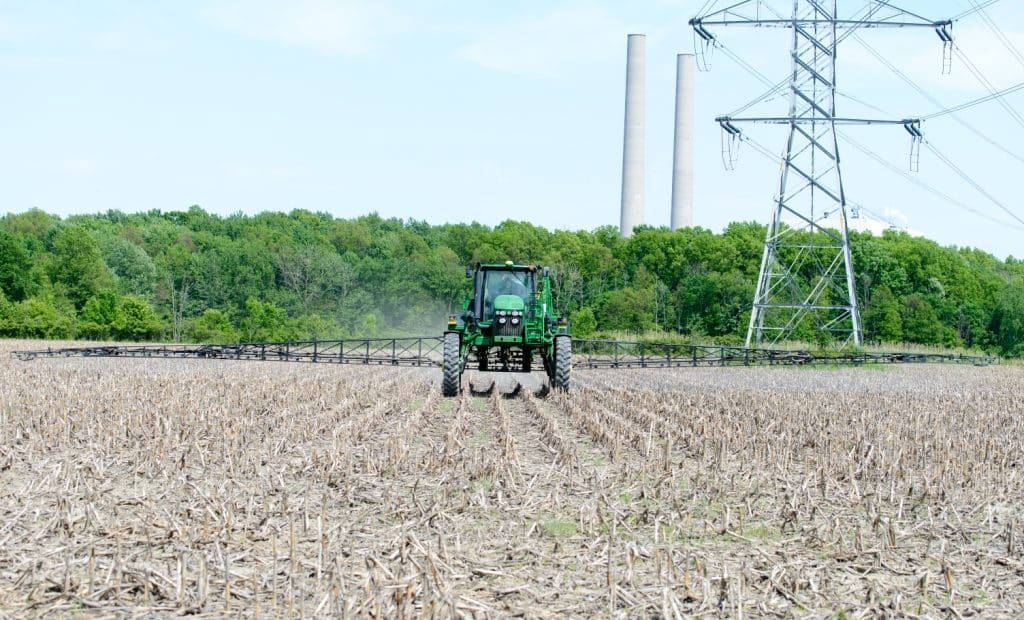
Spraying in no-tillage system
Planting care
For the no-tillage system to work, it is necessary to pay attention to some important details, starting with the seed placement depth in the soil, which must be 4 to 6 cm. This measure guides the depth level of the fertilizer, which must be in 3 to 7 cm below and beside the seed.
In addition, the soil to be planted must be moist in the ideal proportion, that is, neither too wet nor too dry. In the first six years, the system requires the use of fertilizers in the soil to meet the nutritional demand. This is necessary, as the organic matter covering the soil ends up trapping the nutrients that the seed needs, such as nitrogen. The use of herbicides is also necessary to prevent the emergence of weeds, which are increasingly resistant in this system.
Another important aspect concerns crop residues, which must cover at least 80% of the soil surface or maintain 6 t/ha of dry matter for soil cover. Such detail is variable according to the local climatic conditions. The ground must also be leveled so that it is as homogeneous as possible for planting.
It is also necessary that the farmer pay attention to the levels of phosphorus and potassium, which must be corrected before starting the No-Till System. This is because fertility levels must be kept in the high range for planting to be successful.
It is worth mentioning that, in order to implement this system, it is necessary to train the farmer and the workforce in relation to the machinery, the management of more than one crop and the functioning of the system itself.
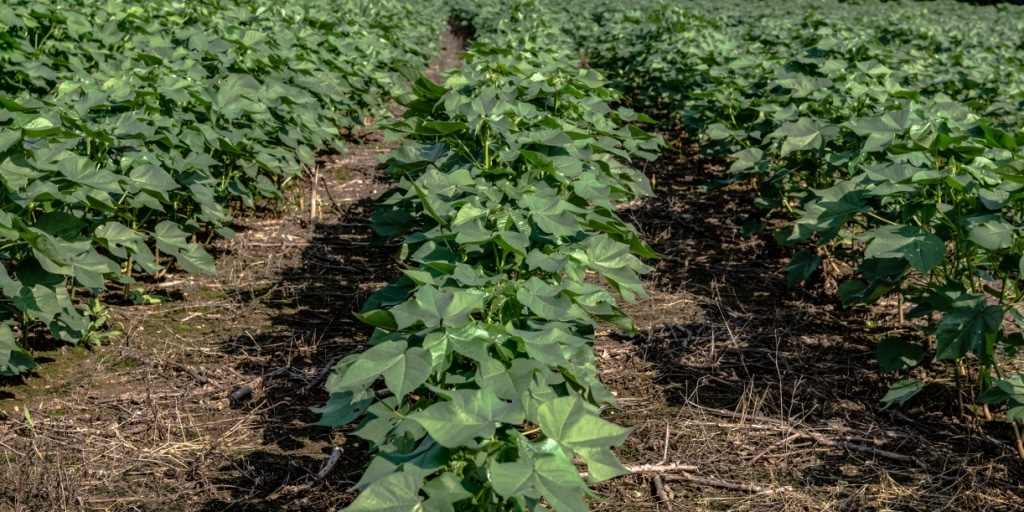
Direct planting in cotton
Advantages of no-till
In addition to drastically reducing soil erosion, the No-till has several advantages., As:
- allows water to infiltrate the soil,
- prevents the loss of nutrients with the drag caused by rain;
- prevents the silting up of rivers and lakes;
- soil enrichment with organic matter at the surface;
- fewer steps and works;
- fuel savings and, consequently, lower production costs.
According to actual estimates, energy and fuel savings can be up to 70% compared to conventional planting methods.
See below an explanatory video on no-till released by Embrapa:
The financial gain is also due to greater water infiltration and storage capacity and less erosion.
You can plant more than one crop at the same time, without having to leave an entire field in fallow.
The reduction of the environmental impact is also another advantage of no-till, thanks to the preservation of rivers and lakes and the maintenance of the soil, without so many aggressions in the planting.
Another environmental benefit is the maintenance of carbon in the soil due to the crops and the reduction of emissions of nitrous oxide (N2O), which is a potent greenhouse gas.
Do you need inputs for your Agribusiness? Visit our website and check out the advertised products.
